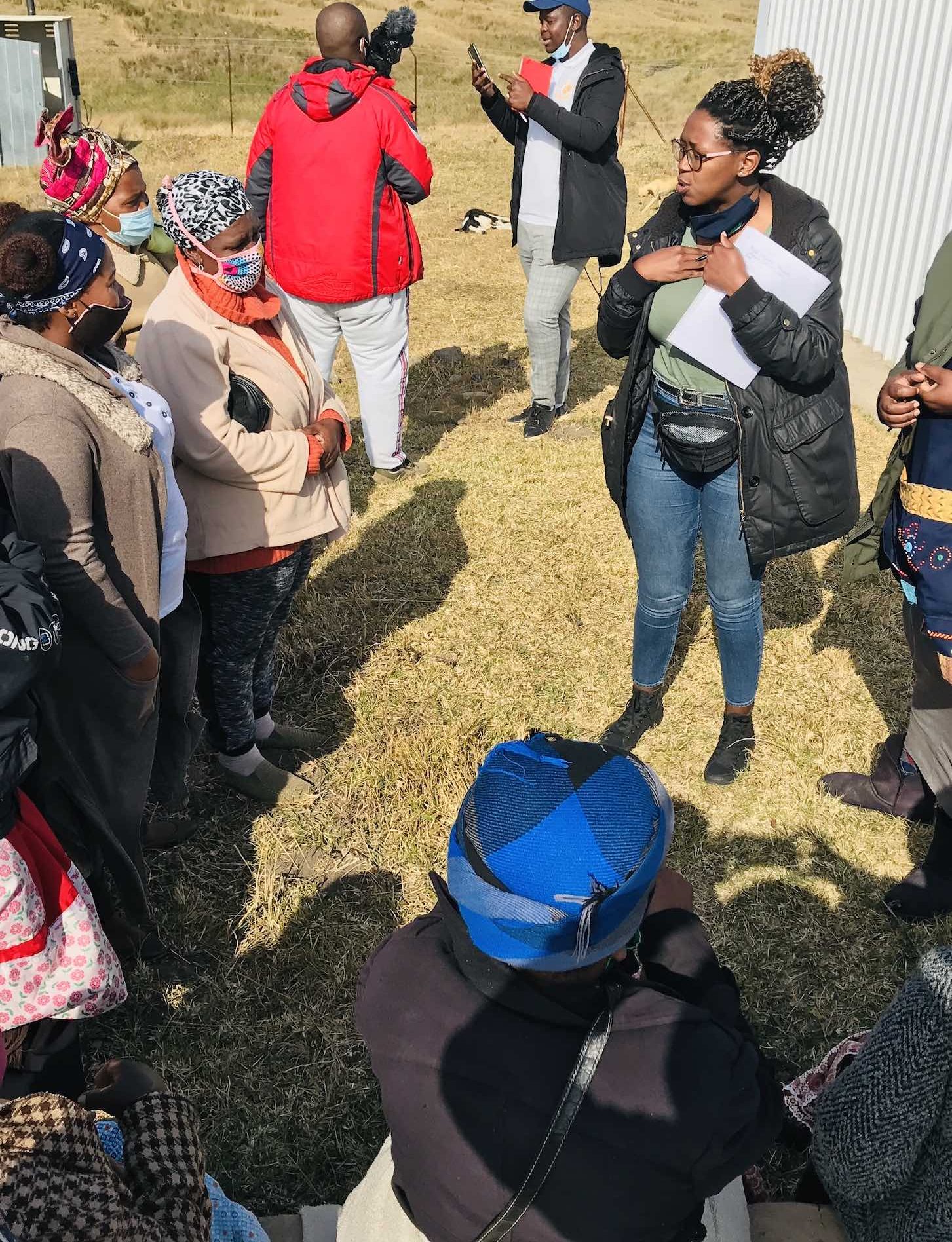LIVING TOGETHER HARMONIOUSLY
Kagisano
Kagisano
Contextual background
South Africa ranks amongst countries with the highest rates of violent crimes. Many people in the portray signs of woundedness, anger and aggression. This is evident in increasing acts of vigilantism, taxi wars, gang wars, xenophobic violence, service delivery protests, abuse against women and children, the worsening socio-economic conditions in the country, which impact low-income
households severely, make the emergence of socially cohesive society difficult. It is thus not surprising that South Africa ranks amongst the most violent nations in the world. The poor quality of public services in South Africa, particularly in low-income communities, means that often there are not enough services, and resources to meet the needs of communities and this compounded with insecure livelihoods, high rates of unemployment and drug abuse fuels tension between community members. While violence against non-South Africans is prevalent, research has shown that what has been deemed xenophobic violence by the media is often violence against anyone deemed an
outsider in a particular locality and more often than not, outsiders are other South Africans who had travelled to various other provinces in search of better opportunities.

About Kagisano
Kagisano is a program aimed at building social cohesion and preventing collective in selected communities and schools across South Africa. Kagisano is a seTswana word meaning “living together harmoniously”. The program is implemented by Afesis-corplan and its partners; African Centre for Migration and Society (ACMS), Governance and Livelihoods Agenda (AgendaGL), Lawyers for Human Rights (LHR) and Action Support Centre. It is implemented in six of South Africa’s nine provinces across sixteen sites.

Programme Objectives
1. To strengthen the ability of local structures to develop and maintain transparent, credible, and peaceful conflict resolution mechanisms.
2. Empowering communities to participate in and own conflict resolution mechanisms.
3. Fostering organic opportunities to bring people together around areas of common concern.
4. Working with schools in the community to develop ‘safe spaces’ for learners to find reprieve from violence while inculcating them with conflict management skills; and
5. Integrating community healing platforms to address individual and collective trauma crippling communities and contributing to violence.
2. Empowering communities to participate in and own conflict resolution mechanisms.
3. Fostering organic opportunities to bring people together around areas of common concern.
4. Working with schools in the community to develop ‘safe spaces’ for learners to find reprieve from violence while inculcating them with conflict management skills; and
5. Integrating community healing platforms to address individual and collective trauma crippling communities and contributing to violence.
Outcomes and results
- A significant reduction in the number of incidents of collective violence in target sites.
- An increased number and diversity of organisations, in target sites, consciously working towards addressing a commonly identified vision that includes a commitment to a more peaceful and socially cohesive.
- A significant reduction in youth-related violence; and increased conflict management skills amongst youth in target sites
- Increased safety of women and youth in target sites
- An increased ability of community leaders in target sites to respond to and mitigate against violence and promote peace using the community-centric method
- A reduction in the number of people in target sites who believe the presence of foreign nationals in their community is a significant contributor to their living challenges
- Increases in average student test scores in targeted schools, particularly of those students who had been primary victims of violence in the past
Theory of change
- Changing mindsets and behaviour;
- Changing policy and legislature; and
- Changing living conditions